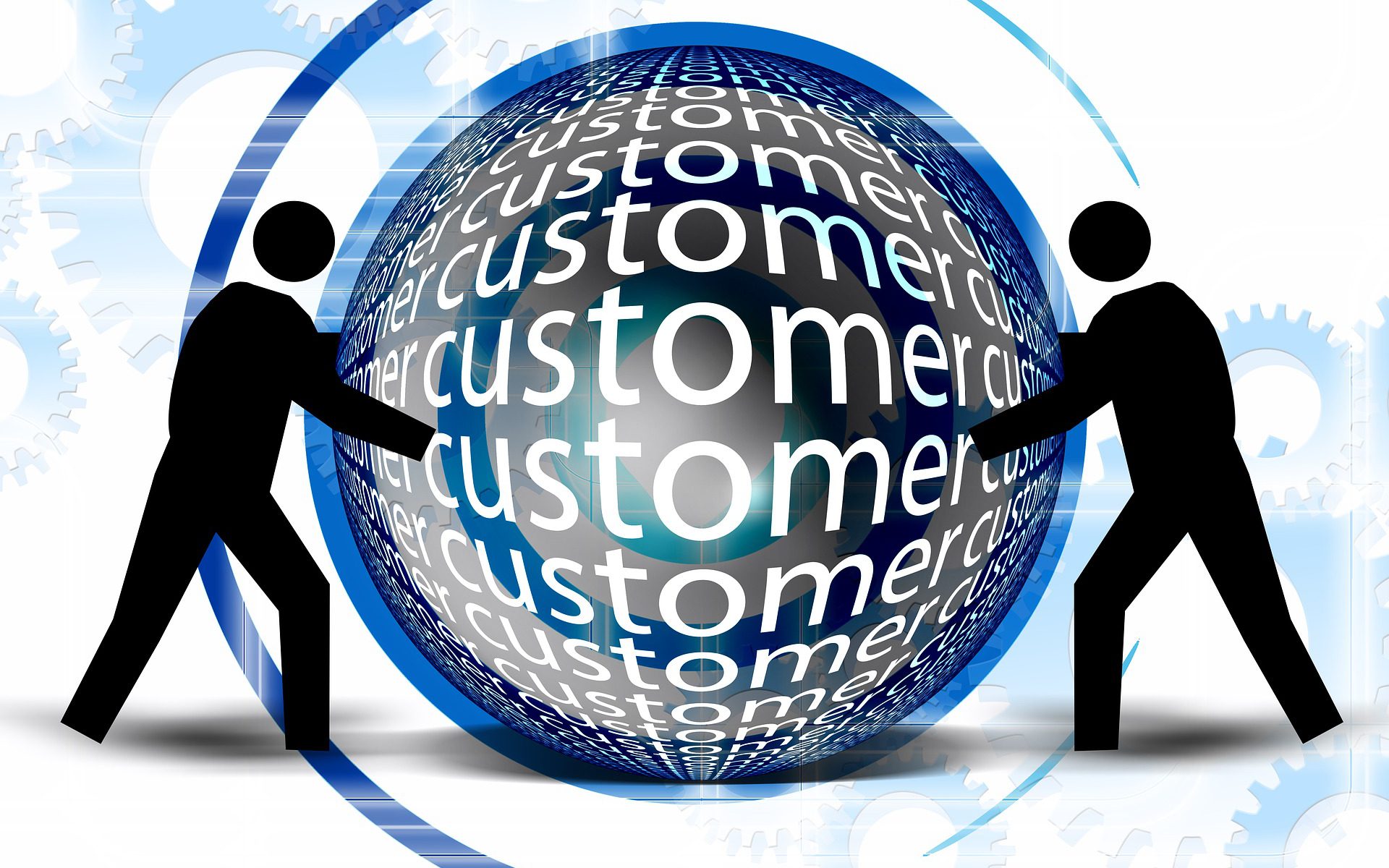Increasing sales is the number one priority in nearly all kinds of businesses. However, in order to increase productivity, they also tend to put a lot of stress to their workforce, especially when they require everyone in the team firing on all cylinders 8 hours a day, 40 hours a week.
People on top – the management – are often caught in a dilemma between increasing the company’s productivity and preventing a high attrition rate caused by too much wear and tear to their workforce or being forced to take desperate measures to accomplish their goal.
Is it really possible for companies to increase revenue without increasing the amount of work? Is there a better solution to hiring more people working for less pay, or laying off half of the employees and let the other half do twice the amount of work?
Principles to Live By
Economists and business experts have looked into this and found out a recognizable pattern that holds true in almost every aspect of life. Two of the most important principles that apply to productivity in work, business, and management are known as the 80/20 Rule and the Parkinson’s Law. These two will serve as the overarching principle throughout the discussion in increasing productivity in sales.
Principle #1
PRIORITIZE
The 80/20 rule
Management consultant, Joseph M. Juran believes that quality work deserves more attention than menial tasks because they have the greatest impact in the overall output. He borrowed this idea from Italian economist, Vilfredo Pareto who noticed that only 20% of the population makes 80% of the money.
Using the same principle at work, this means that out of all the work we do, only 20%of it produces most of the results we see. Hence, you will need 80% of your effort in 20% of all your tasks that deliver most of the results in order to achieve maximum efficiency.
To put things in perspective, imagine that you have two lumberjacks and both of them need to fell ten trees for that day. One of them came right at it and started chipping off small bits for hours with a dull axe head while the other one sat down and spent an hour sharpening his.
In terms of multiple tasks per day, this means that if you have ten tasks, you need to find the first two that have the greatest impact to your productivity and concentrate on them first. This applies not only in sales, but in almost any kind of work.
Principle #2
SIMPLIFY
The Parkinson’s Law
Another principle that was found to have a great impact to productivity came from a British author and historian, C. Northcote Parkinson – known for his adage, “work expands so as to fill the time available for its completion.”
Essentially, what he meant is that in most cases people are just using up their time doing things that could have otherwise been accomplished in a short period of time if they have simplified the task.
He also believes that, “expansion means complexity; and complexity decays.” People can do a lot of things at a given time but achieve so little because most of it is just ‘fake work’, or things that don’t necessarily contribute to productivity and are only meant to fill the time.
Unlike the first principle, this is actually something you want to break away from. But knowing, as they say, is half the battle. You need to discern what is ‘real work’ – which is the first step to being more productive – and what are those that are just ‘time-wasters.’
Its Implication to Sales Productivity
These principles can be applied in sales for increased productivity. But first, here are some common ‘time-wasters’ companies and sales reps need to be aware of.
Whenever possible refrain from these activities:
- taking calls or responding to emails in the middle of a highly cognitive task (tasks that require focus and concentration)
- chatting with co-workers while doing work at the same time
- spending too much time on low-quality leads
- doing tasks manually and repetitively
- starting from scratch every single time
- going back and forth from one task to another (task-switching)
- frequent meetings and seminars
- ‘majoring on minors’
Most of the things mentioned above can be done more efficiently if we block our time and focus only on the task at hand. Studies have shown that task-switching (others call it multi-tasking which is more appropriately said about CPUs than the human brain) is actually counterproductive to work and can have financial and psychological consequences.
Most of the tasks in the office can now be accomplished much faster and with less effort using technology. Millennials, generally speaking, have no problem adapting to modern technology since they live and breathe technology by the time they were born. And this is why they are the most sought after employees in today’s highly competitive atmosphere.
Best Practices to Increase Productivity in Sales
Now that we have a clear understanding about the underlying principles that govern productivity, let’s look at how we can apply it to sales. Here are some of the best practices employed by sales team to boost productivity and the company’s revenue.
Plan and prioritize. This may sound simple until you realize you can’t prioritize everything. You need to take a step back and reflect which part of your job needed more time and concentration and which ones can be done on autopilot.
List down all your tasks and rate them according to importance, urgency, and repercussions if not met within that day. In this example, we have arranged the task from A to E; A being the greatest and E being the least.
Example:
A. Following up on prospects and customers
B. Sorting out and evaluating leads
C. Identifying problems and customer needs
D. Creating possible solutions
E. Clerical work
You may also need to trim down your list or delegate tasks, especially the ones which are not directly related to your line of work or expertise. If your focus is lead conversion and you have a marketing department which specializes in qualifying leads for sales, let them do the job for you.
Read: Time Management Skills for Increased Productivity
Set your goal high. Remember Parkinson’s Law about work? If you plan on using 40 hours to accomplish a certain amount of tasks, you are bound to think that you have plenty of time to spare so you end up using most of it on trivial matters.
But if you set the bar higher for yourself, and restrict yourself by finishing the task earlier than expected instead, you’ll realize you can actually do more, and, in the context of sales productivity, convert more leads than what the company sets for you at a certain period of time.
By having a self-imposed deadline, you are challenging yourself to be more efficient and clear your list of useless, unproductive tasks that gets in your way.
Utilize technology to your advantage. Most of the tasks that were done by a small team of employees can now be accomplished by single person with the right tools and skill sets at his disposal.
This rids the company a significant amount of time-consuming and repetitive tasks and instead focuses on things that really matter like creating a system to better improve customer service, and help sales and marketing teams achieve more without sacrificing quality time.
One great example being used by accomplished sales and marketing teams is CRM app which features customer acquisition tools, sales and marketing automation and sales funnel for collecting customer information, tracking down customer activity, conducting automated and semi-automated follow-ups.
Read: How Technology Is Changing Sales Forever
Increased productivity doesn’t always mean increasing the amount of work or workforce of a certain company. Technology and human ingenuity have already gone a long way to cut down the amount of work and time spent on task.
Perhaps you need a modern approach to increase the efficiency of your sales and marketing team in your small business. If so, having good CRM with the right features and easy-to-use interface could be your best option.
Small Business Dream is a sales and marketing app aimed at increasing productivity by simplifying tasks and unlocking the power of sales and marketing automation for your workforce. Learn how at www.smallbizdream.com.





